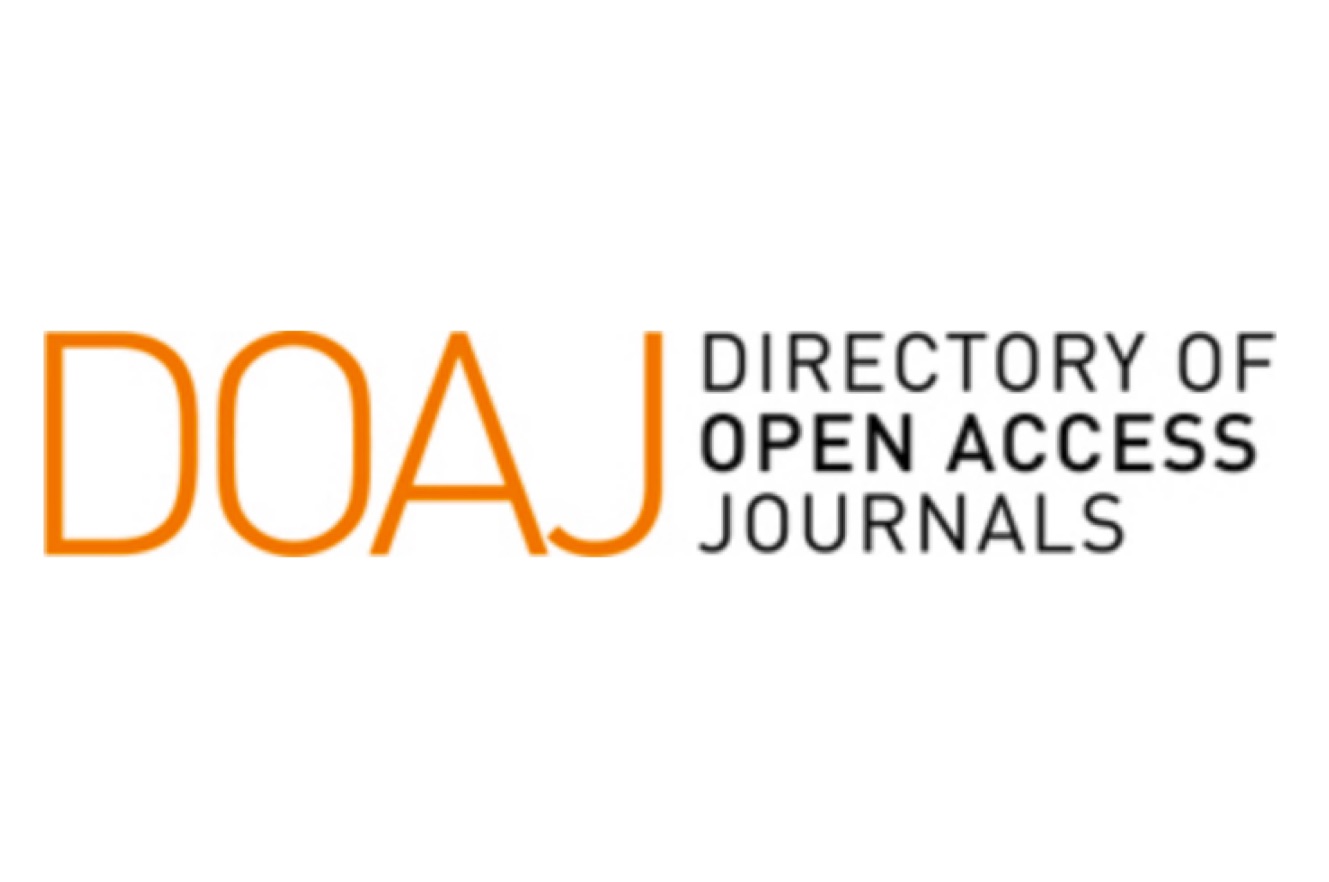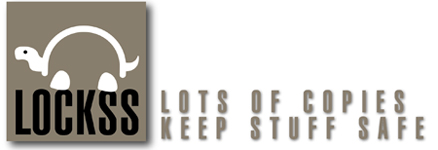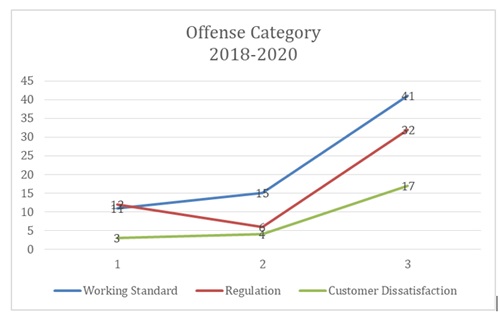KAJIAN MODEL DESAIN APLIKASI MOBILE YANG BERKELANJUTAN PADA DESA WISATA
Downloads
Abstract
The 4.0 industrial revolution created opportunities for MSMEs in rural areas to build and develop marketing networks on a wide and efficient scale. Applying digitization in a village will have an impact on the potential of what is not yet known in general. This study discusses the design of Android applications that are expected to provide new experiences to visitors to find out the potential of the village that has not been exposed. The contribution of this research is to examine the application design model that evaluates in two villages with different cultures and potentials, namely Ponggok Klaten Village and Kadubungbang Pandeglang Village. The results of QFD and AHP can help applications that are flexible to the village as well as visitor application needs and application priority features. Of the different features, because there are indeed differences between villages with different topography.
Abstrak
Revolusi industri 4.0 menciptakan peluang bagi UMKM di daerah pedesaan untuk dapat membangun dan mengembangkan jaringan pemasaran pada skala yang luas dan efisien. Penerapan digitalisasi pada suatu Desa akan memberikan dampak luias terhadap potensi apa yang belum diketahui secara umum. Penelitian ini bertujuan untuk mengusulkan desain aplikasi android yang diharapkan dapat memberikan pengalaman baru kepada para pengunjung untuk mengetahui potensi desa yang belum terekspos. Kontribusi dari penelitian ini adalah untuk mempelajari perbandingan pada desain model aplikasi yang dievaluasi pada dua desa dengan budaya dan potensi yang berbeda, yaitu Desa Ponggok Klaten dan Desa Kadubungbang Pandeglang. Hasil QFD dan AHP dapat diketahui bahwa aplikasi bersifat fleksibel terhadap penerapan dua desa serta prioritas kebutuhan pengunjung dan fitur prioritas aplikasi. Hasil erbandingan terdapat kesamaan dalam kebutuhan pelanggan dan perbedaan dalam desain fitur, karena kedua desa memiliki budaya dan topografi yang berbeda.
Downloads
V. Alcácer and V. Cruz-Machado, "Scanning the Industry 4.0: A Literature Review on Technologies for Manufacturing Systems,” Eng. Sci. Technol. an Int. J., vol. 22, no. 3, pp. 899–919, 2019, doi: 10.1016/j.jestch.2019.01.006.
H. Prasetyo and W. Sutopo, "Perkembangan Keilmuan Teknik Industri Menuju Era,” in Seminar dan Konferensi Nasional IDEC 2017, 2017, pp. 488–496.
B. Prasetyo and D. Trisyanti, "Prosiding Semateksos 3 ‘Strategi Pembangunan Nasional MenghadapiRevolusiIndustri 4.0' REVOLUSI INDUSTRI 4.0,” Revolusi Ind. 4.0 dan Tantangan Perubahan Sos., pp. 22–27, 2019.
Kementerian pariwisata RI, "Rencana Strategis 2018-2019 Kementerian Pariwisata,” Www.Kemenpar.Go.Id/Post/Rencana-Strategis-2018-2019-Kementerian-Pariwisata, 2018, doi: 10.1017/CBO9781107415324.004.
"Home - Berdesa.” [diakses pada tanggal 29 agustus 2019].
F. Pauker, T. Frühwirth, B. Kittl, and W. Kastner, "A Systematic Approach to OPC UA Information Model Design,” Procedia CIRP, vol. 57, pp. 321–326, 2016, doi: 10.1016/j.procir.2016.11.056.
E. Serova, "Enterprise information systems of new generation,” 4th Int. Conf. Inf. Warf. Secur. ICIW 2009, vol. 15, no. 1, pp. 452–457, 2009.
F.-È. Bordeleau, E. Mosconi, and L. A. Santa-Eulalia, "Business Intelligence in Industry 4.0: State of the art and research opportunities,” Proc. 51st Hawaii Int. Conf. Syst. Sci., no. January, pp. 0–10, 2018, doi: 10.24251/hicss.2018.495.
A. N. Viacenza, "Pengembangan Industri Pariwisata Berbasis Aplikasi Mobile Dengan Metode System Development Life Cycle Dan Quality Function Deployment,” Universitas Pembangunan Nasional "veteran” Jakarta, 2019.
A. N. Zaman, "Kajian Implementasi Metodologi Desain Product Service System (Pss) Dengan Qfd Multi Layer Di Perusahaan Karoseri,” Institut Teknologi Sepuluh Nopember, 2016.
S. A. Schenkl, C. Rösch, and M. Mörtl, "Literature study on factors influencing the market acceptance of PSS,” Procedia CIRP, vol. 16, pp. 98–103, 2014, doi: 10.1016/j.procir.2014.01.013.
B. Yuliandra, A. Sutanto, and R. A. Hadiguna, "Antara Desain Dan Product-Service Systems: Suatu Tinjauan Literatur,” J. Optimasi Sist. Ind., vol. 12, no. 1, p. 335, 2016, doi: 10.25077/josi.v12.n1.p335-342.2013.
Taufik Asharryan Triadi, "No Title,” in Design For Six Sigma Pada Pengembangan Konseptual Sistem Informasi Terintegrasi Studi Kasus Pada Toko X Grosir Dan Eceran Cianjur, 2018.
L. Pane et al., "Upaya Peningkatan Kualitas Jasa Kesehatan Menggunakan Integrasi Quality Function Deployment (Qfd) Dengan Analytical Hierarchy Process (Ahp),” J. Tek. Ind. USU, vol. 1, no. 3, pp. 31–36, 2013.
K. Choi and S. H. Chung, "Enhanced time-slotted channel hopping scheduling with quick setup time for industrial Internet of Things networks,” Int. J. Distrib. Sens. Networks, vol. 13, no. 6, pp. 1–14, 2017, doi: 10.1177/1550147717713629.
M. N. O. Sadiku, Y. Wang, S. Cui, S. M. Musa, and R. G. Perry, "International Journal of Advances in Scientific Research and Engineering (ijasre) Industrial Internet Of Things,” vol. 3, no. 11, pp. 1–5, 2017, doi: 10.7324/IJASRE.2017.32538.
O. B. Sezer, E. Dogdu, and A. M. Ozbayoglu, "Context-Aware Computing, Learning, and Big Data in Internet of Things: A Survey,” IEEE Internet Things J., vol. 5, no. 1, pp. 1–27, 2018, doi: 10.1109/JIOT.2017.2773600.
H. Prasetyo and W. Sutopo, "INDUSTRI 4.0: Telaah Klasifikasi Aspek Dan Arah Perkembangan Riset,” J@ti Undip J. Tek. Ind., vol. 13, no. 1, p. 17, Mar. 2018, doi: 10.14710/jati.13.1.17-26.
G. P. White, "The implementation of management science in higher education administration,” Omega, vol. 15, no. 4, pp. 283–290, 1987, doi: 10.1016/0305-0483(87)90016-8.
M. F. Hossain, Z. H. Adnan, and M. A. A. Hasin, "Improvement in weighting assignment process in analytic hierarchy process by introducing suggestion matrix and Likert scale,” Int. J. Supply Chain Manag., vol. 3, no. 4, pp. 91–95, 2014.
JMIL Jurnal Manajemen Industri dan Logistik (Journal of Industrial and Logistics Management) is an Open Access Journal. The authors who publish the manuscript in JMIL Jurnal Manajemen Industri dan Logistik agree to the following terms:

JMIL Jurnal Manajemen Industri dan Logistik is licensed under a Creative Commons Attribution 4.0 International License. This permits anyone to copy, redistribute, remix, transmit and adapt the work provided the original work and source is appropriately cited.
This means:
(1) Under the CC-BY license, authors retain ownership of the copyright for their article, but authors grant others permission to use the content of publications in JMIL Jurnal Manajemen Industri dan Logistik in whole or in part provided that the original work is properly cited. Users (redistributors) of JMIL Jurnal Manajemen Industri dan Logistik are required to cite the original source, including the author's names, JMIL Jurnal Manajemen Industri dan Logistik as the initial source of publication, year of publication, volume number, issue, and Digital Object Identifier (DOI); (2) Authors grant JMIL Jurnal Manajemen Industri dan Logistik the right of first publication. Although authors remain the copyright owner.




























